-
This Introduction to Composition course focuses on the concepts of narration, outlining, summarizing, dictation, and copywork.in 3rd GradeSku: 9781615388493
Introduction to Composition – Student Guide
By: Brenda Janke, Jessica Watson$16.50 -
Introduction to Composition Teacher Sample The Introduction to Composition Teacher Key contains the answers to the Introduction to Composition Student Guide. Recommended for Grades 3-4. Memoria's Introduction to Composition course focuses on the concepts of narration, outlining, summarizing, dictation, and copywork. Reading passages are taken from Farmer Boy, Charlotte’s Web, and The Moffats (must be purchased separately). Students are given guided questions to help them outline and then formulate a summary of the passage they have read. After giving an oral summary of their reading, their written work consists of a written summary and copying a couple of sentences from dictation. The goal of this first writing course is to help students become more proficient in listening and writing skills, a great preparation for the Memoria Press writing program Classical Composition. Introduction to Composition is composed of 30 lessons plus 10 supplemental lessons (sentences, letter writing, and book reports).in 3rd GradeSku: 9781615388509
Introduction to Composition – Teacher Key
By: Brenda Janke, Jessica Watson$16.50 -
Introduction to English Grammar can be used in conjunction with Prima Latina, which was designed for students who are still becoming familiar with English grammar but are competent readers.in 1st GradeSku: 9781547705337
Introduction to English Grammar – Student Workbook
By: Amber Wheat$16.50 -
Introduction to English Grammar can be used in conjunction with Prima Latina, which was designed for students who are still becoming familiar with English grammar but are competent readers.in 1st GradeSku: 9781547705344
Introduction to English Grammar – Teacher Guide
By: Amber Wheat$12.50 -
-0%Introduction to English Grammar can be used in conjunction with Prima Latina, which was designed for students who are still becoming familiar with English grammar but are competent readers.in 1st Grade
Introduction to English Grammar Set
By: Amber Wheat$29.00Original price was: $29.00.$26.10Current price is: $26.10. -
This twelve-week course introduces your middle- and high-school students to the processes and practices that will help them build competence and confidence in public speaking. This includes the student packet and the student binder for IEW's new program.in 10th GradeSku: 9781623413866
Introduction to Public Speaking – Binder and Student Packet
By: Andrew Pudewa$33.95 -
This twelve-week course introduces your middle- and high-school students to the processes and practices that will help them build competence and confidence in public speaking. This is the student binder for this new IEW program.in 10th GradeSku: 9781623413880
Introduction to Public Speaking – Student Binder
By: Andrew Pudewa$16.50 -
This twelve-week course introduces your middle- and high-school students to the processes and practices that will help them build competence and confidence in public speaking. This is the student packet for this new IEW program.in 10th GradeSku: 9781623413873
Introduction to Public Speaking – Student Packet
By: Andrew Pudewa$25.95 -
This twelve-week course introduces your middle- and high-school students to the processes and practices that will help them build competence and confidence in public speaking. This is the Teacher Manual for the new IEW program.in 10th GradeSku: 9781623413897
Introduction to Public Speaking – Teacher’s Manual
By: Andrew Pudewa$39.50 -
This self-explanatory program empowers teachers to help students become competent and confident public speakers.in 10th GradeSku: 9781623413859
Introduction to Public Speaking Set (DVDs)
By: Andrew Pudewa$133.95 -
This self-explanatory program empowers teachers to help students become competent and confident public speakers.in 10th GradeSku: 9781623413842
Introduction to Public Speaking Set (Streaming)
By: Andrew Pudewa$133.95 -
-0%Anybody can learn from Introductory Logic. The whole series takes advantage of a brand new, clean, easy-to-read layout, lots of margin notes for key points and further study, a step-by-step modern method, and exercises for every lesson (plus review questions and exercises for every unit).in 10th Grade
Introductory Logic – Complete Program
By: James Nance$292.35Original price was: $292.35.$277.73Current price is: $277.73.By: James Nance$292.35Original price was: $292.35.$277.73Current price is: $277.73. Select options -
Introductory Logic is perfect for Grade 7+ students, teachers, and parents who've never tackled syllogisms or fallacies before. It provides a semester or year's worth of logic to help you detect and deflect flawed or deceitful arguments and to think, debate, and argue well.in 7th GradeSku: 744022022328
Introductory Logic – DVD
By: James B. Nance, Douglas Wilson$141.95 -
Studying formal logic can be intimidating without the right help, but knowing how to think logically isn't just for "experts." Logic should be your secret weapon. It's the tool for learning how to use other tools. It's the bones that give a clenched fist its structure (and knuckles).in 6th GradeSku: 9781591281658
Introductory Logic – Student Handbook
By: James B. Nance, Douglas Wilson$60.95 -
Studying formal logic can be intimidating without the right help, but knowing how to think logically isn't just for "experts." Logic should be your secret weapon. It's the tool for learning how to use other tools. It's the bones that give a clenched fist its structure (and knuckles).in 6th GradeSku: 9781591281672
Introductory Logic – Teacher’s Edition
By: James B. Nance, Douglas Wilson$66.50 -
The Introductory Logic Test & Quiz Packet contains a blank copy of every quiz or test that one student would need for the entire Introductory Logic course (you can cross "make copies" off your to-do list, permanently!). It even contains an alternative version of each test for practice -- the best thing for unit review! Answers to all quizzes and tests are in the Teacher Edition.in 6th GradeSku: 9781591281696
Introductory Logic – Test Packet
By: James B. Nance, Douglas Wilson$22.95
Grade
Shop our products by Grade.


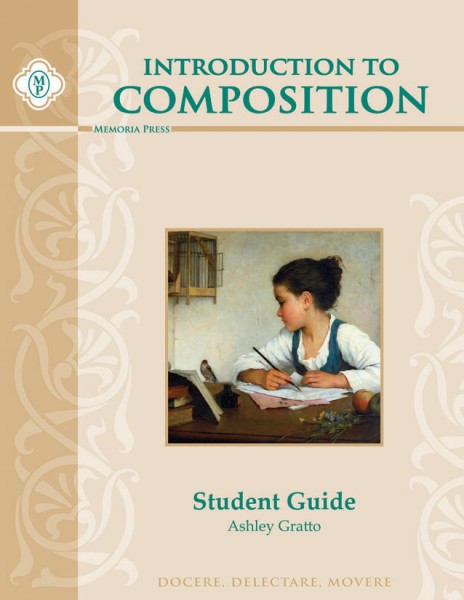
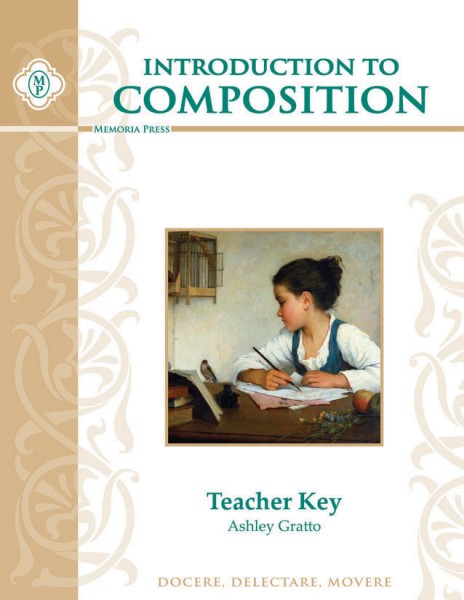
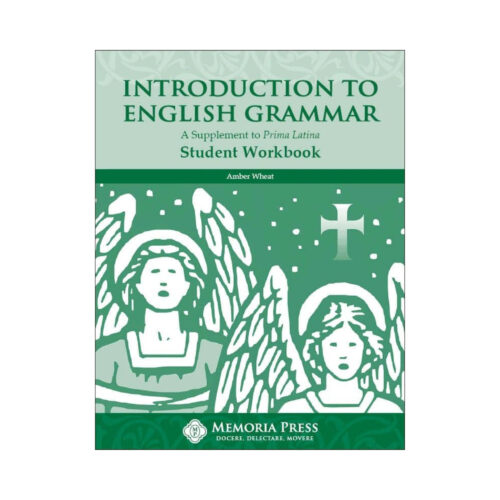
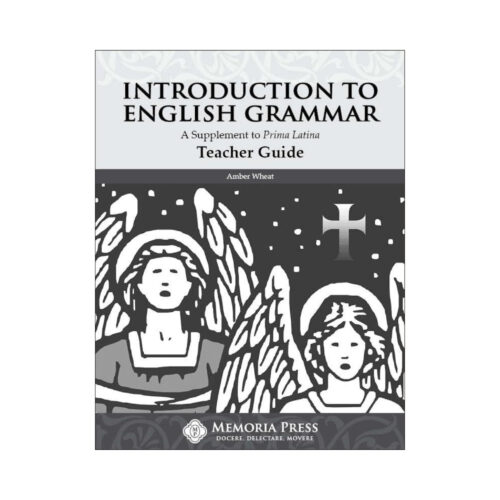
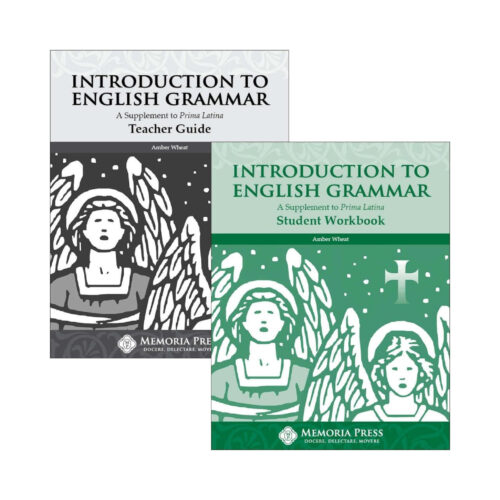

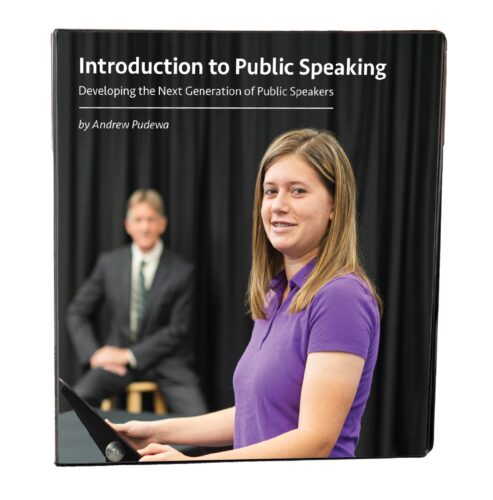
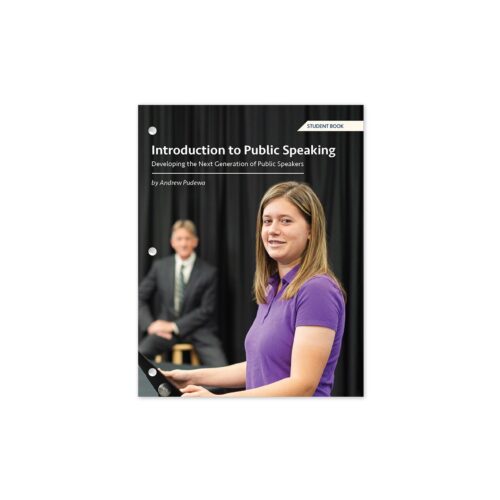
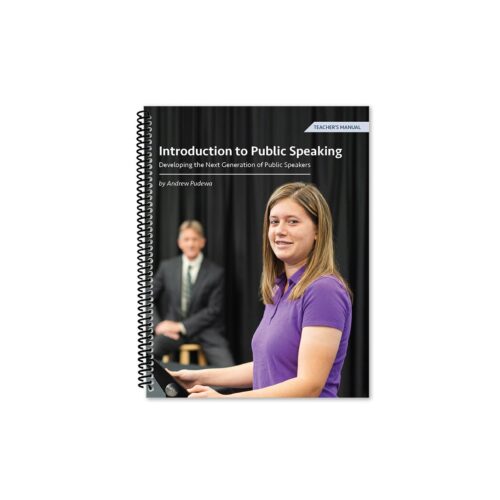
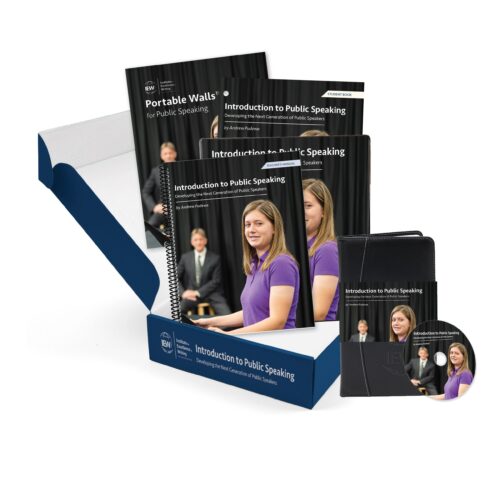
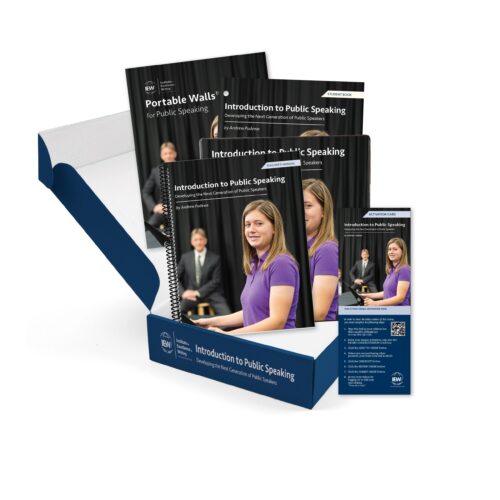




 No products in the cart.
No products in the cart.